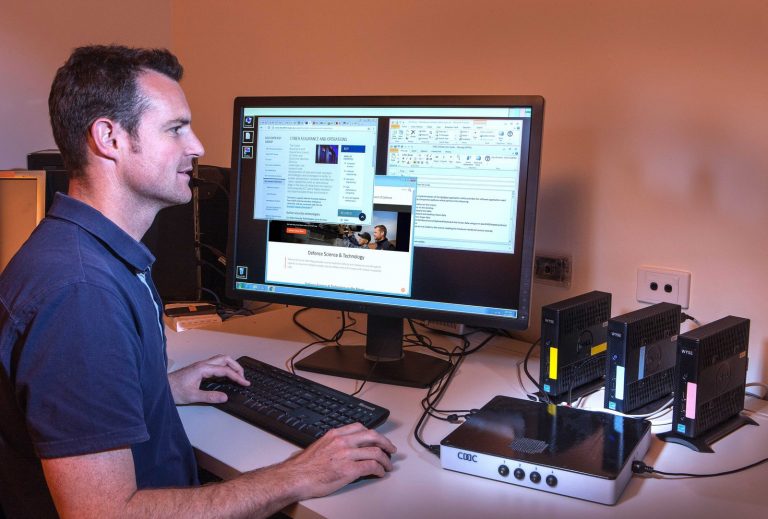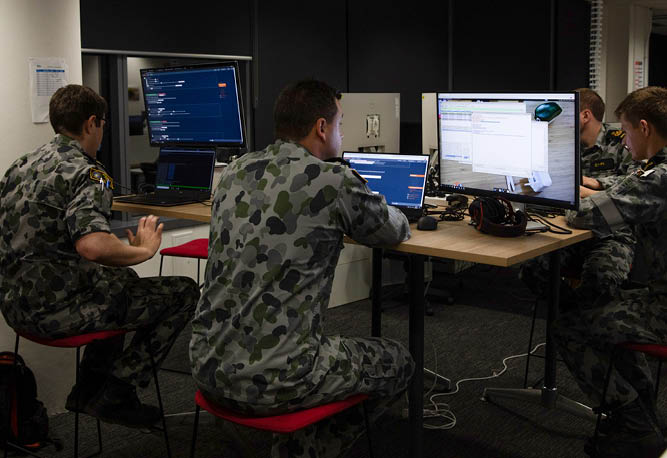The Defence Science and Technology Eureka Prize for Outstanding Science in Safeguarding Australia has been awarded to the Cross Domain Desktop Compositor.
Defence scientists collaborated with CSIRO’s Data61 digital research network and partners in academia to develop the ground-breaking Cross Domain Desktop Compositor (CDDC).
This computing device allows information and systems to remain physically separated from networks that are accessible to hackers while enabling users to seamlessly interact with and across those systems. Data is kept safe and usability is enhanced, resulting in faster and more effective decision-making processes.
The CDDC was originally conceived and prototyped as a hardware-only device by Mark Beaumont of DST Group (DSTG). Collaboration between Defence, CSIRO and Associate Professor Toby Murray at the University of Melbourne led to developments that underpinned the mathematically proven security of the device.
Finding a way to not only allow users to work efficiently across multiple computer networks without risking important data unintentionally leaking between them but also to provide an intuitive user experience had been a longstanding challenge. The CDDC is a first-of-its-kind technology that enables seamless desktop access across physically isolated networks, backed by mathematically verified security guarantees.
“Information environments are now fundamental to everything we do in society,” says Dr Dale Lambert, Chief of DSTG’s Cyber and Electronic Warfare Division. “The Cross Domain Desktop Compositor is an important example of Australian ingenuity being assembled from across Government, universities and publicly-funded agencies to deliver a product that can secure Australia’s engagement with those critical information environments.”
Beaumont and Murray worked together to redesign the CDDC to include software components, increasing its flexibility and therefore enhancing usability. Later research by Murray and University of Melbourne colleague Dr Robert Sison saw the development of methods to prove that the device’s software-based design is secure.
“The strong collaboration between Defence, CSIRO and university partners highlights the importance of leveraging expertise where it exists,” Beaumont says.
“The CDDC is a great example of complementary research being combined together to progress the state of the art. We would not have been able to achieve the outcomes and the level of security required for Defence without all of the partners in this project working together.”
The CDDC is currently undergoing a technology-transition process from laboratory research to prototype, with a production-ready device expected to be realised in the first half of next year.
The simplicity of the design means it could be manufactured as a sovereign capability here in Australia; indeed, using Australian technology to secure Australian interests such as critical infrastructure or government networks would reduce risks associated with relying on overseas supply chains.














